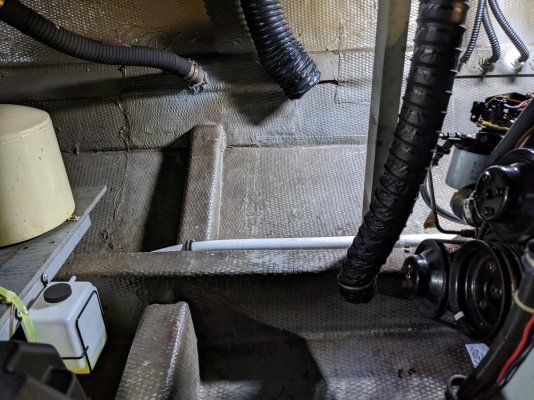Delfin
Grand Vizier
- Joined
- Jan 20, 2010
- Messages
- 3,821
In 50 years of cruising the PNW, I don't recall ever thinking to myself, "gee, I wish I was listening to a genset running so I could have zero speed stablizers." The thought just never occurred, but I'm a sound sleeper.


 Just a quick question. The boat we're surveying this week a Hatteras 42 LRC mark II has Naiad stabilizers that the owner proudly proclaimed that the boat specs out for 4.5 fins but this boat had a 6' system installed. Should I be worried about the extra stressors on the hull, and how much extra pucker factor do these fins (if extra sized) add to normal operations.
Just a quick question. The boat we're surveying this week a Hatteras 42 LRC mark II has Naiad stabilizers that the owner proudly proclaimed that the boat specs out for 4.5 fins but this boat had a 6' system installed. Should I be worried about the extra stressors on the hull, and how much extra pucker factor do these fins (if extra sized) add to normal operations. I'm flying down for survey so will get a look at them next week with haulout .
I'm flying down for survey so will get a look at them next week with haulout .